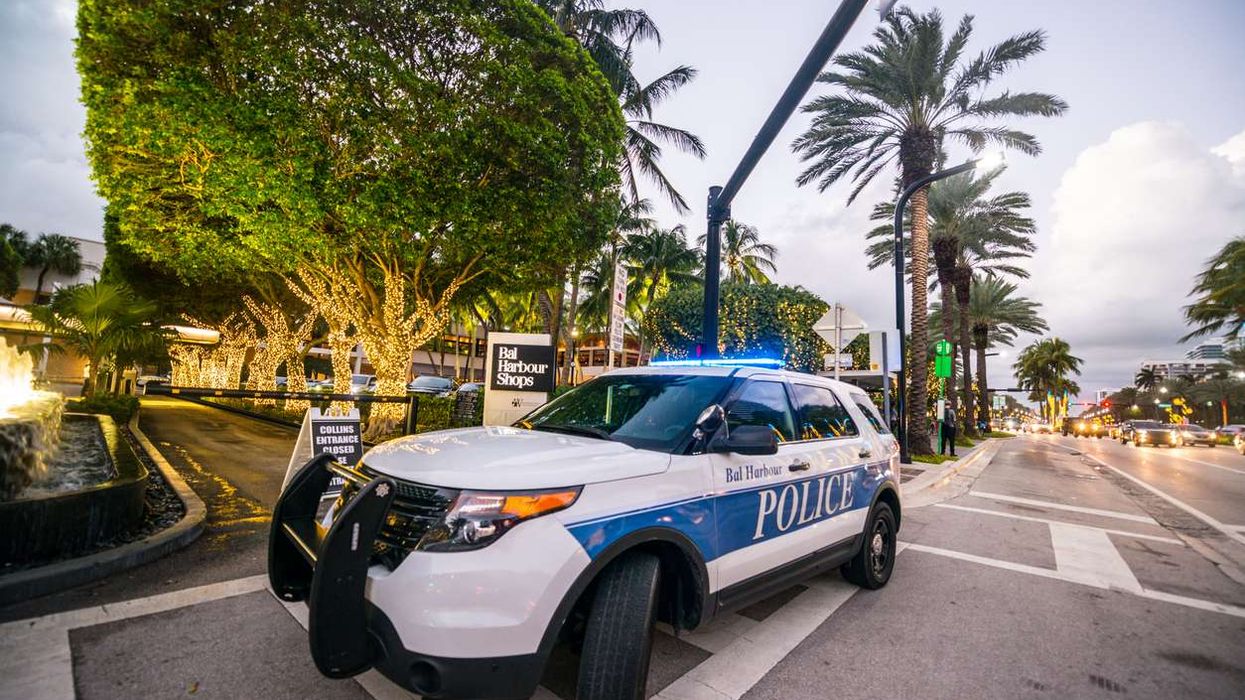A long-standing internet theory known as the "Pentagon Pizza Index" has regained attention following renewed conflict in the Middle East. The index, which links a surge in pizza deliveries near the Pentagon to looming military crises, is once again being discussed widely on social media after reports of increased activity at takeaway outlets near the US Department of Defence headquarters.
What is the Pentagon Pizza Index?
The Pentagon Pizza Index – also referred to as the Pentagon Pizza Meter – is a half-serious theory suggesting that a sharp rise in pizza orders near major US defence buildings indicates preparations for a national or international security event. The logic behind it is straightforward: when military officials are too busy to leave their offices during a crisis, they rely on fast food, typically pizza.
Although the theory is not recognised by official agencies, it has become a curious open-source signal for internet users monitoring global tensions.
Cold War origins and renewed interest
According to reports, the concept has its roots in the Cold War era, when it was claimed that Soviet intelligence agencies tracked food delivery activity in Washington, D.C. as a means of detecting increased US military readiness. The idea is that heightened delivery traffic, particularly to defence and intelligence buildings, may suggest that key personnel are working overtime in response to emerging threats.
The theory gained wider popularity in recent years, especially after being featured by food culture site The Takeout. In the social media age, it has evolved into a crowdsourced method of speculating on geopolitical developments.
Recent activity linked to Middle East unrest
On 12 June 2025, users on X (formerly Twitter) flagged a noticeable increase in pizza orders near the Pentagon. One post read: “The Pentagon Pizza Index is hiking.” A Domino’s outlet close to the Department of Defence was said to be unusually busy, and a dedicated X page monitoring delivery patterns confirmed a significant uptick on 13 June.
The surge in activity coincided with heightened tensions between Israel and Iran. Although US officials have denied direct involvement in the conflict, online observers believe the rise in pizza deliveries could point to behind-the-scenes military readiness.
Historical examples cited by supporters
Those who believe in the Pentagon Pizza Index often refer to past instances where similar delivery spikes were followed by global events:
- 1 August 1990: A Domino’s franchisee in Washington noticed a large number of deliveries to CIA buildings. The following day, Iraq invaded Kuwait, leading to the Gulf War.
- December 1998: Increased pizza activity was reportedly noted during the impeachment proceedings of President Bill Clinton.
- 13 April 2024: On the eve of Iran’s drone attack on Israel, social media users shared screenshots showing a rise in takeaway orders near the Pentagon and the White House.
More humour than intelligence tool
While there is no official basis for the theory, the Pentagon Pizza Index has become a popular and somewhat humorous lens through which online users view global events. Though unlikely to predict conflict with accuracy, it reflects growing interest in using everyday data points to track the pulse of world affairs.














